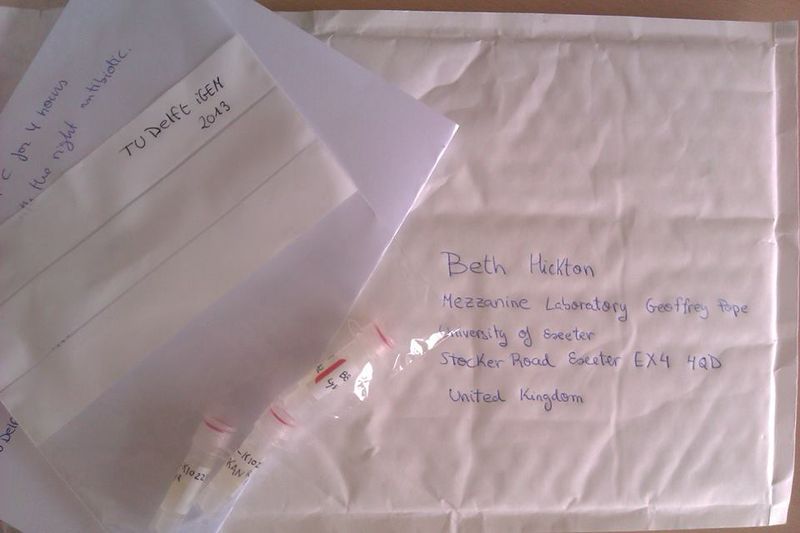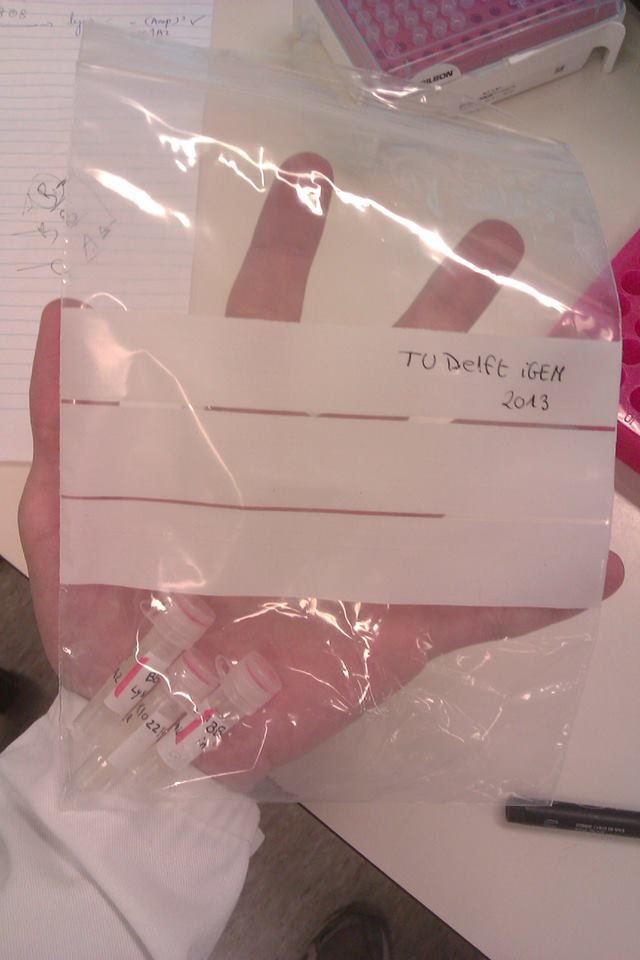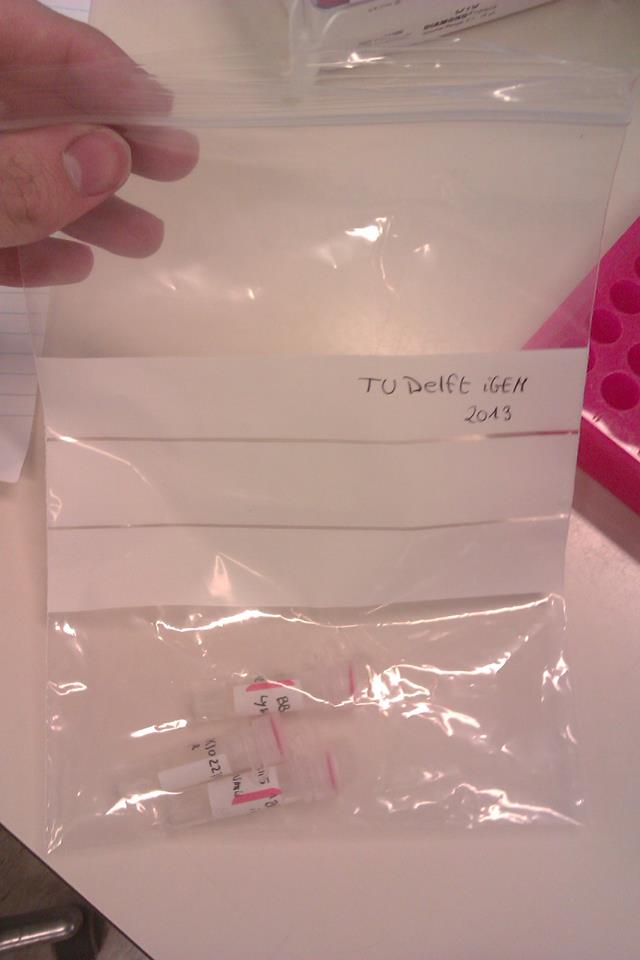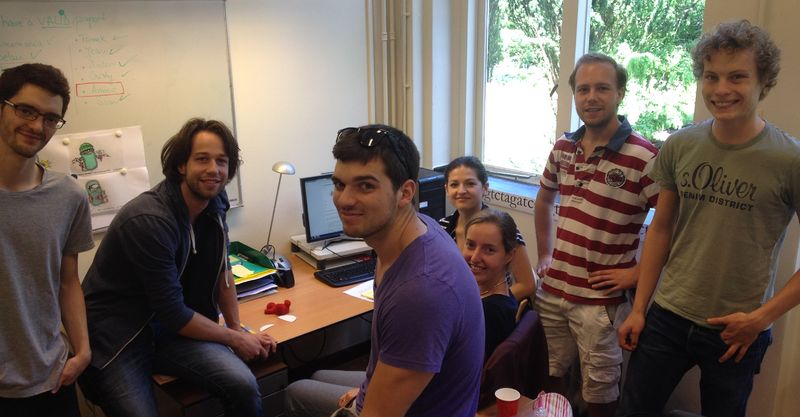Team:TU Delft-Leiden/Collaborations
From 2014.igem.org
(Difference between revisions)
| Line 28: | Line 28: | ||
<img src="/wiki/images/3/32/TUDelft_2.jpg" width="460" height="300" alt= "no image"</img> | <img src="/wiki/images/3/32/TUDelft_2.jpg" width="460" height="300" alt= "no image"</img> | ||
<li><b> Wageningen iGEM 2014 </b></li> | <li><b> Wageningen iGEM 2014 </b></li> | ||
| - | <dl> The Wageningen iGEM team proposed a collaboration in the form of characterizing a biobrick from each others team.</dl> | + | <dl> The Wageningen iGEM team proposed a collaboration in the form of characterizing a biobrick from each others team. We accepted their offer and performed a plate-reader experiment for them, to confirm their own results from the plate-reader. The results can be found on their page: <a href="https://2014.igem.org/Team:Wageningen_UR"></dl> |
</ul> | </ul> | ||
Revision as of 22:26, 14 October 2014
Collaboration with other iGEM teams
When doing research every single help can make a difference. Therefore, sharing is caring and iGEM TU Delft Leiden team 2014 believes in this. Below you can find all collaborations we had this year with other iGEM teams:
- Exeter iGEM 2014 Team
- 2014 iGEM Team Linköping University Sweden
- University of Melbourne iGEM team
- Wageningen iGEM 2014
- We were asked by Exeter iGEM 2014 Team to send them the biobricks BBa_K1022115 and BBa_K1022105 from TU Delft iGEM team 2013 and we did. We hope that this little support will help Exeter team to achieve great results.



- iGEM Team Linköping University Sweden asked us to fill in a survey on peanuts allergies. This was a very interesting survey and was a good occasion to take a short break from our experiments. We are looking forward to see the results of the survey

- We were asked by Melbourne iGEM team 2014 Team to send them three biobricks from TU Delft iGEM team 2013. Below are some pictures after the samples arrived to Melbourne iGEM team in Australia.


 "
"






